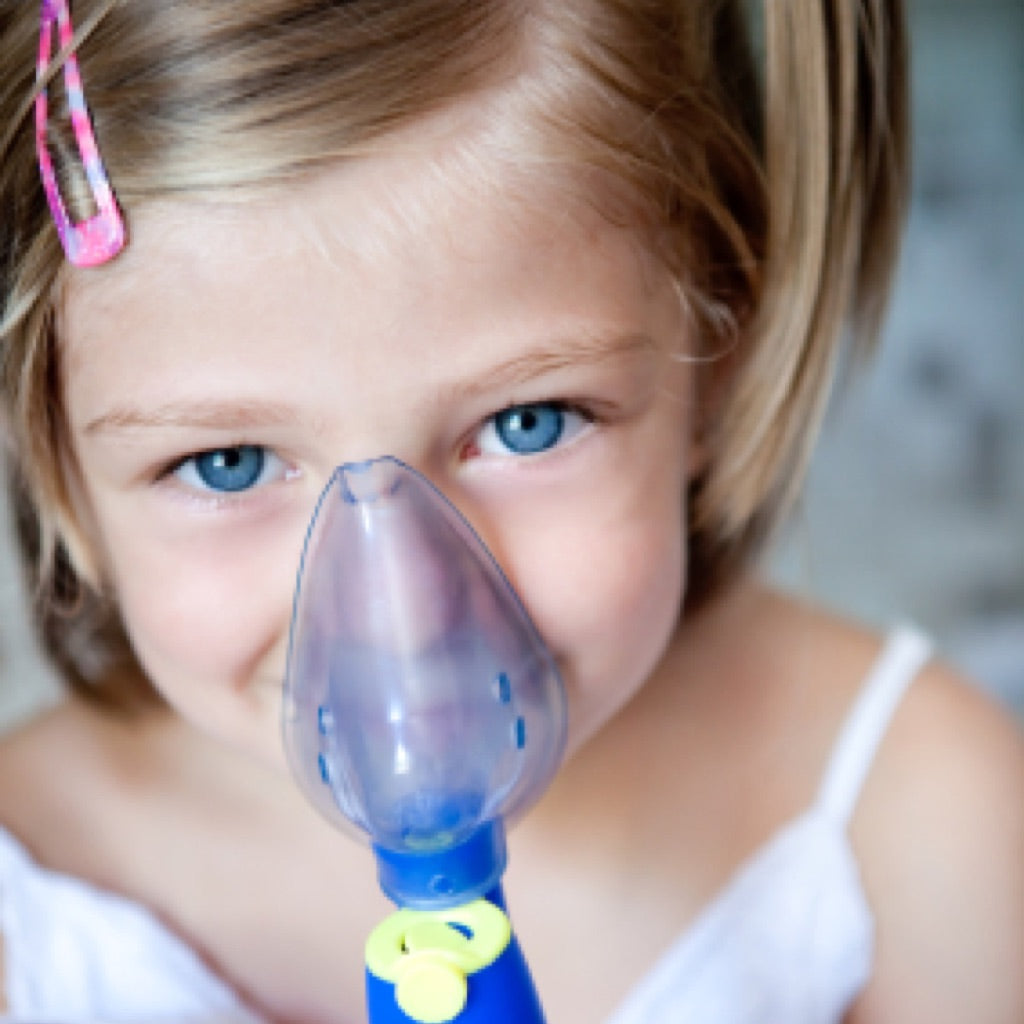
Allergic Asthma
Asthma has become one of the most significant chronic disorders in the developed world. Asthma has no concise definition; however, the International Consensus Report on the Diagnosis and Management of Asthma defines it the following way: “Asthma is a chronic inflammatory disorder of the airways in which many cells and cellular elements play a role."
Frequently Asked Questions
How Common is Asthma?
Are There Different Types of Asthma?
Is There a Genetic Factor in Asthma?
How is Asthma Diagnosed?
What is the Prognosis in Asthma?
Can Asthma Be Confused With Other Diseases?
Related Products
-
Allersearch ADMS Anti-Allergen Dust Spray
Regular price £20.95Regular priceUnit price per -
IQAir Atem X Air Purifier
Regular price £1,349.00Regular priceUnit price per -
 Sold out
Sold outAllergy & Asthma Free Home Package
Regular price £65.95Regular priceUnit price per -
IQAir HealthPro 100 Air Purifier- Ex Display (Grade A)
Regular price £649.00Regular priceUnit price per










